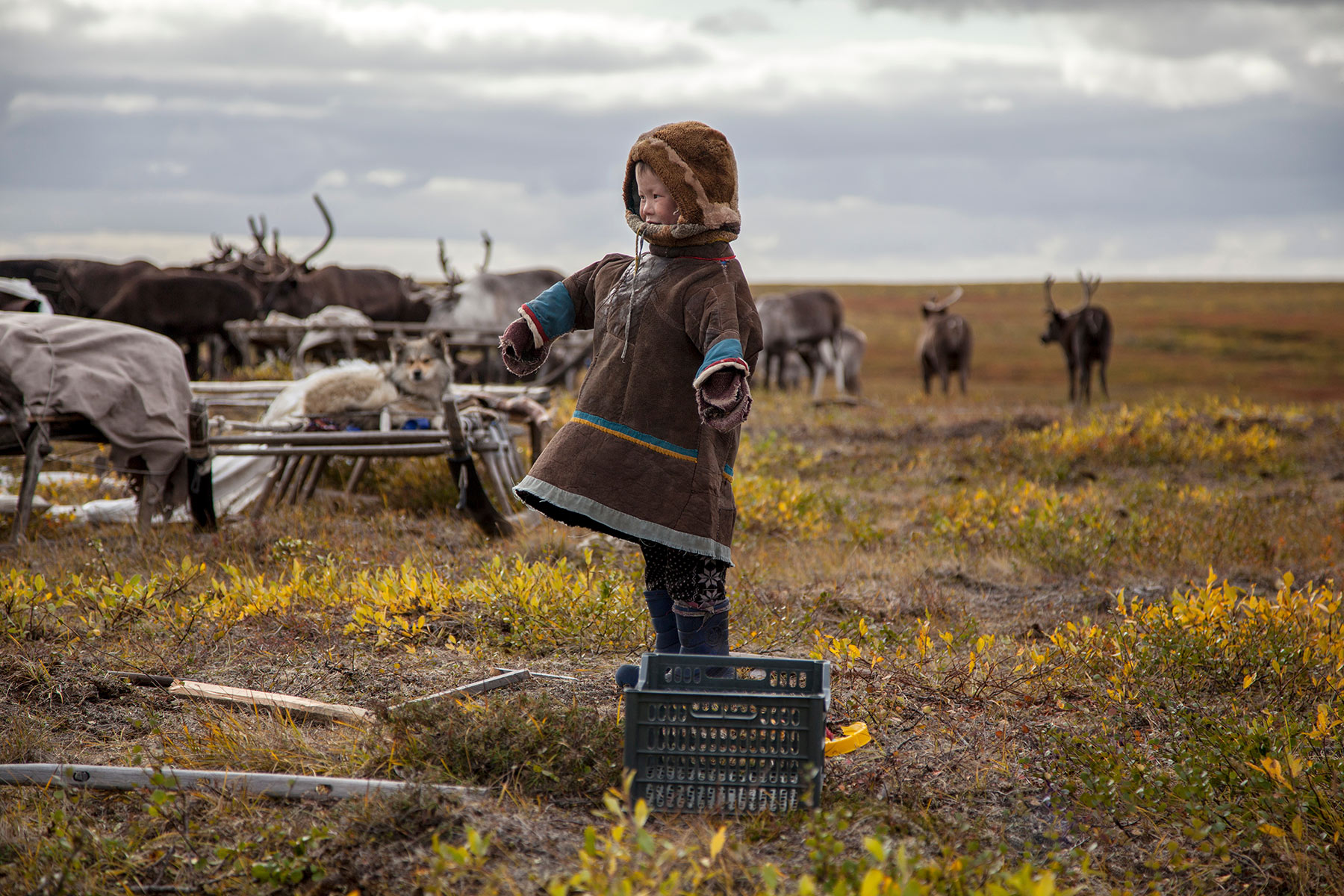VACFSS’ legal arguments, in this case, support the inherent jurisdiction of Indigenous Nations to exercise authority in regard to child and family services.
VACFSS has joined the long list of interveners supporting Indigenous Peoples’ inherent right to self-government over child and family services in a high-profile Supreme Court of Canada (SCC) case, which is an appeal from the decision of the Quebec Court of Appeal in Renvoi à la Cour d’appel du Québec relatif à la Loi concernant les enfants, les jeunes et les familles des Premières Nations, des Inuits et des Métis, 2022 QCCA 185.
The issue
June 21, 2019, marked a significant milestone in the history of Indigenous self-government in Canada. It was on this date that the Act respecting First Nations, Inuit and Metis children, youth and families (the Act) – also known as Bill C-92 – became law in Canada. The Act recognizes the right of Indigenous communities to re-establish their own laws and customary practices regarding children and families. Numerous communities have since asserted control over their child and family services, and more have given notice to exercise legislative authority.
The Act also establishes national standards for serving Indigenous children and families, regardless of whether they reside on- or off-reserve. For example, it prohibits removing children for health and poverty-related reasons, something not all provincial laws do. Investigations and removals of Indigenous children under provincial laws are often triggered not by abuse, but by “neglect,” an indirect term for “poverty.” Having this principle absent from existing child welfare laws has contributed significantly to the ongoing crisis in Indigenous child welfare.
Quebec, however, is challenging the Act before the SCC, arguing that the provinces have exclusive jurisdiction over child welfare and that the federal government does not have the authority to enact legislation which dictates how a provincial government delivers child and family services.
The SCC is therefore poised to address that key issue: does the federal government have the authority to pass a law granting Indigenous communities jurisdiction over child and family services?


VACFSS’ role as an intervener
We are in a humanitarian crisis when more than half of the state-cared children in Canada are Indigenous, despite making up just 8% of the child population. The vast majority of these children come from urban and off-reserve locations, often having been displaced from previous child welfare removals and systemic discrimination. This overrepresentation is an urgent issue, requiring immediate attention and meaningful action to protect vulnerable urban Indigenous children and families.
VACFSS’ work is at the frontline of the Act’s urgent and vital purpose: to reverse the overrepresentation of Indigenous children in care and to ensure cultural continuity and revitalization.
[T]his work is critical in all settings but takes on a particularly urgent and challenging dimension in the urban context.
We view the Act as a critical tool in accomplishing this objective systematically and consistently for all Indigenous children and families.
“It would be far easier to work with a single entity – the Province of BC – to establish standards, policies, and accountability lines,” writes Linda Stiller, VACFSS Board Chair, in her affidavit to the court. “However, in our experience, such an approach would fail to honour the critical role that Indigenous Nations must play regarding their most vital and precious cultural resource: their children.”
Similarly, such an approach would fail to redress the root causes of the current humanitarian crisis: the severing of ties between Indigenous children and their culture and identity.
Stiller says this work is critical in all settings but takes on a particularly urgent and challenging dimension in the urban context, in which the cultural dislocations and risks of irreversible assimilation are at their highest.
VACFSS, in its scope and scale, is the largest Indigenous urban child welfare agency in Canada. We have the capacity to serve children from over 600 different First Nations, as well as Inuit and non-status communities. As such, the agency is sensitive to the distinct issues faced by off-reserve children and is a leader in defining a structural and practice approach which defines restorative Indigenous child welfare.
[T]his ensures that each child’s rights to culture, tradition, and language are upheld, with an emphasis on connections to family and community with the goal of permanency.
Our expertise is in the delivery of frontline programs and services to off-reserve Indigenous children, youth, and families whose roots reach all corners of the country. The primary focus of our work is the development of holistic care plans for children and youth in collaborative partnerships with First Nation communities across Canada.
This vision, explains Stiller, is rooted in VACFSS’ commitment to honouring and upholding the inherent jurisdiction of Indigenous Nations to exercise authority in regard to child and family services. Furthermore, this ensures that each child’s rights to culture, tradition, and language are upheld, with an emphasis on connections to family and community with the goal of permanency.
As a result of our commitment to collaborating with affiliated First Nations in the delivery of programs and services, we have gained an increased depth of expertise in this area, states Stiller in the affidavit.
For these reasons, VACFSS is well-positioned to offer a thorough understanding of the impacts this appeal will have on the child welfare system. With our intervenor status, we are able to advocate for the rights of Indigenous children and their families living off-reserve and affected by the child welfare system.


VACFSS’ Legal Arguments
To support our position that the federal government has the power to pass the Act, we present the following three legal arguments: To provide context to the SCC and to share VACFSS’ unique perspective and experiences, VACFSS makes three key arguments to the Court:
- VACFSS disagrees with the position of the Attorney General of Quebec, which claims that the courts alone can define the nature of the rights under section 35 of the Constitution Act, 1982 [1]. Rather, VACFSS argues that the legislative branches also have the authority to delineate the content of rights under section 35 (in concert with Indigenous groups). Inherent Aboriginal rights arise from the pre-existing sovereignty of Indigenous Peoples, and the Crown has an obligation to negotiate with Aboriginal Peoples to recognize and implement those rights and pass incorporating legislation. VACFSS argues that the law should create an approach to reconciliation which allows the various levels of government to work together with Indigenous Peoples to recognize, affirm, delineate, and implement self-government rights in child and family services.
- The Act sets national standards and recognizes inherent Indigenous authority in relation to Indigenous child and family services and, as such, is within federal jurisdiction under section 91(24) of the Constitution Act, 1867. The relationships between Indigenous children, their families, and their communities is a matter fundamental to Indigenous status, identity and collective survival, and so provincial child welfare laws are subject to the uniform standards as set out in the Act.
- VACFSS argues that federal jurisdiction (and the Act) applies to Indigenous children and families on- and off-reserve. Off-reserve Indigenous children and families are no less “Indigenous” due to their location; a finding that federal jurisdiction ends at the reserve borders would be returning to the shameful policies of assimilation and enfranchisement of the past. VACFSS’ work takes on a particularly urgent and challenging dimension in the urban context where cultural dislocations and risks of irreversible assimilation are at their highest. Indigenous Peoples should have the same access to services, regardless of where they live.
The appeal was heard by the Supreme Court of Canada in December 2022, and the recordings are available on the Supreme Court of Canada website here. It is not anticipated that a decision will be issued until later this year.
[1] Section 35 is the part of the Constitution Act that recognizes and affirms Aboriginal rights.












Thank you for your advocacy work!